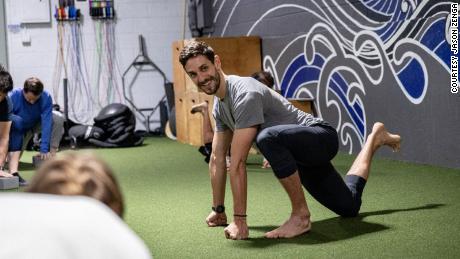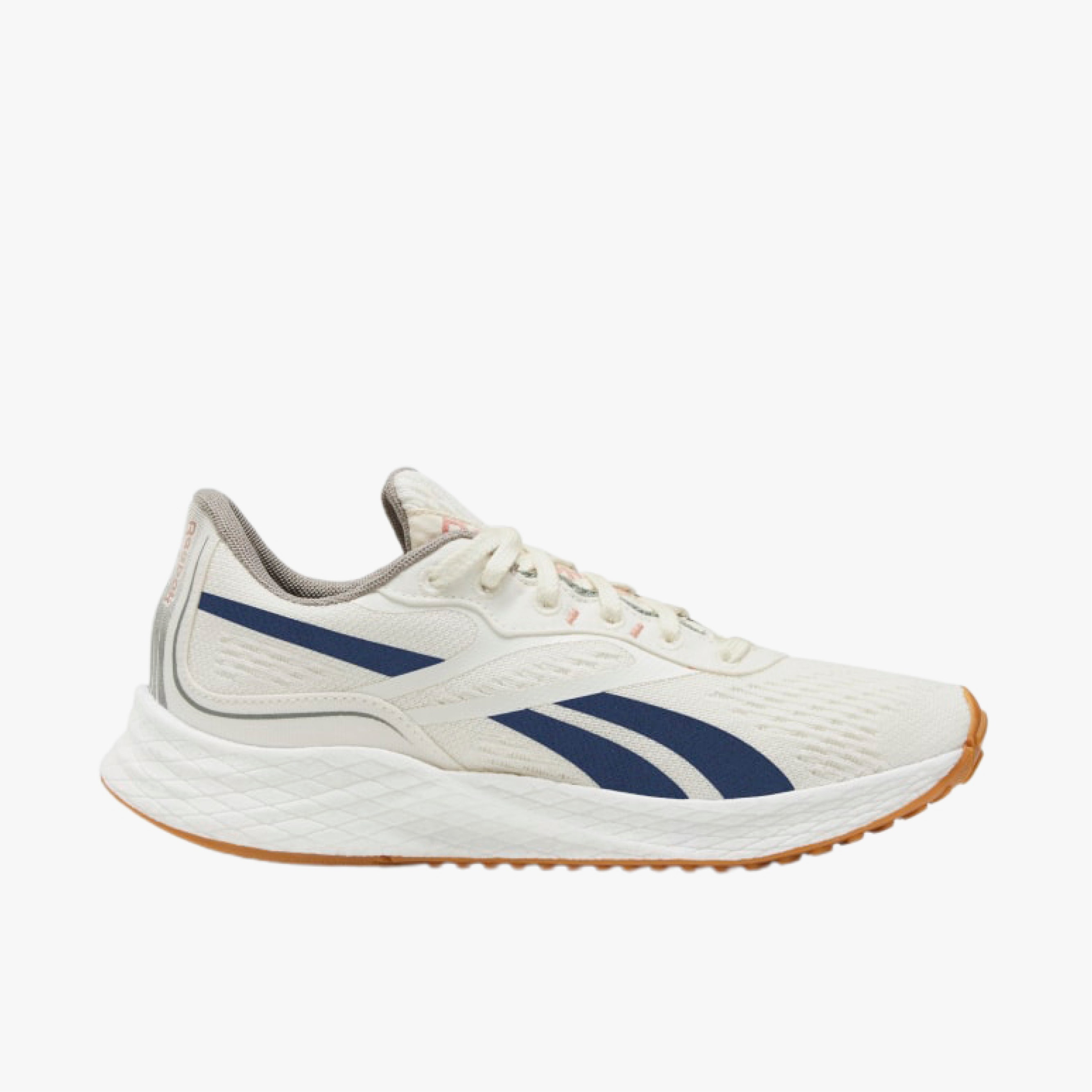
Plyometrics
An athlete should include plyometrics in their workout routine. It is a combination exercises that mimic jumping and increase the athlete's speed. Soviet scientists first created the training method during World War II. His findings were published by Dr. Yuri Verkhoshansky in 1964. These studies proved that jump training helped athletes gain strength and explosiveness.
The training methods used in plyometrics are based on scientific principles and are not only useful for athletes. These methods can be used for many fitness activities by the general public. Single-leg bounds, for example, are a high-intensity plyometric exercise that helps athletes build explosive power. This training can also improve speed and flexibility of the muscles.
Deadlifts
Deadlifts can be a great way to increase strength and athleticism. You can target large muscle groups such as quadriceps, gluteus maximus and hamstrings. Additionally, they improve overall mobility and posture. This compound exercise can have many benefits and should be a part of every athlete's daily routine.

A deadlift is a key component of any strength-training plan because it improves trunk stability. This feat is possible with very few other exercises. The deadlift develops coordination and strength in the musculoskeletal and muscular systems, which encourages adaptation and long-term resistance. The deadlift provides the foundation for many ground based lifts. A good deadlift is beneficial for athletes as well as the general public.
The Cycles of the Mature Athlete
The cycle of a workout plan for a mature athlete has several distinct phases, each with a specific training emphasis. These phases promote general fitness, healing, and work capacity. The training load for each phase is different depending on how much volume, intensity, rest, and rest are combined.
The macrocycle has the longest duration of all the training cycles. It consists four phases of training and covers the entire 52 week annual plan. This type of training is useful for long-term planning, because it allows athletes to train for multiple major events at once. A trained athlete may wish to compete at a national championship. A multi-peak training strategy can then be designed based on this goal.
Active recovery
After an athlete training session, the body needs to rest and recover. Your heart rate should be kept below 70 percent while you recover. Work at a lower rate of heart rate such as walking, jogging, or light stretching. The duration of active recovery workouts depends on the athlete's fitness level and training load. In general, recovery workouts should be between 30 and 65 percent of the usual workout length.

If you are unsure about what kind of recovery you want after an athlete workout, consider whether your body is feeling tired or energized. You can then choose activities that you enjoy such as walking, swimming, cycling or cycling. You can make these low-impact activities fun and engaging by incorporating beginner stretches into your workout.
FAQ
Do I need to get warm before going out?
Warming up before you start an activity will reduce muscle soreness. There are many methods you can use to warm up, including running, jumping rope and stretching. Start slowly and gradually increase your pace and intensity.
Is it necessary to eat before exercising?
No. No. However, if you're hungry after working out, you might want to snack on something light like fruit or yogurt.
What are Cardio Exercises and How Do They Work?
Cardiovascular exercises require your heart and lungs work harder than usual. Jogging, swimming and rowing are just a few examples. These activities burn fat and raise your metabolism. These activities can help you keep fit and strengthen your heart.
Statistics
- One study showed that adults who watch more than 4 hours of television daily had an 80% higher risk of death from cardiovascular disease. (heart.org)
- In 2018, the World Health Assembly agreed on a global target to reduce physical inactivity by 15% by 2030 and align with the Sustainable Development Goals. (who.int)
- Adolescent girls were less active than adolescent boys, with 85% vs. 78% not meeting WHO recommendations of at least 60 minutes of moderate to vigorous intensity physical activity per day. (who.int)
- Globally, 81% of adolescents aged 11-17 years were insufficiently physically active in 2016. (who.int)
External Links
How To
How to motivate you to exercise regularly
A fitness Routine is a set of exercises performed regularly for a specific period of time. It helps people to increase muscle mass and toning their bodies. Regular physical activity can improve cardiovascular health and lower blood pressure, cholesterol levels and risk of heart attack and stroke. It also reduces anxiety, stress, depression, stress, obesity and other diseases. Exercise provides psychological benefits like self-esteem and confidence, mood, energy levels, sleep quality, and social interaction.
Why would you choose to make your own fitness program?
You can lose weight and improve your health by following a workout routine. But why would you want to follow one? Let's discover!
What does it entail to have a regular fitness program?
This means that you should do some type of exercise at least three times per week, such as running, swimming, biking, swimming, yoga or martial arts. This does not mean that you need to exercise for hours. A mere 30 minute session can help burn calories and keep the body fit. It doesn't matter how long you do it for, the most important thing is to stick with your plan. Don't be discouraged if you don't make it through a certain day. You can always start over the next time.
How much time do I need to dedicate to my fitness routine?
Your level of busyness will determine how long it takes. An average workout takes 20-30 mins. However, if you're new to exercising, try starting slowly with five or 10 minutes first. Gradually increase the time until you feel comfortable.